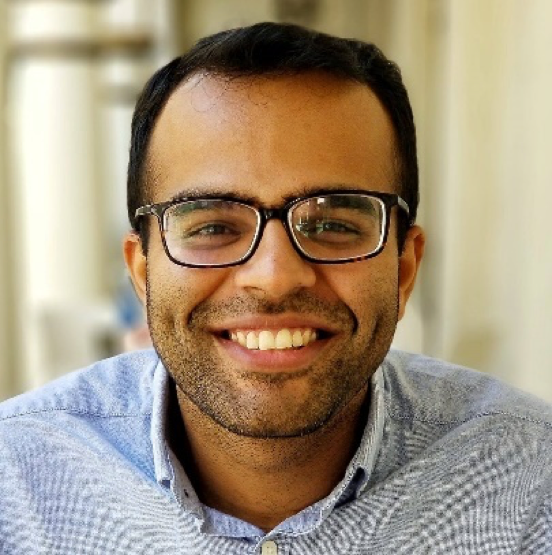Chirality is a geometrical property described by continuous mathematical functions. However, in chemical disciplines chirality is often treated as a binary left/right characteristic of molecules rather than a continuity of chiral shapes. While being theoretically possible, a family of stable chemical structures with similar shapes and progressively tunable chirality is yet unknown.
In this presentation, we will explore such structures in the form of nanostructured microparticles with anisotropic bowtie shape and widely tunable twist angle, pitch, width, thickness, and length. The self-limited assembly of the bowties enables high synthetic reproducibility, size monodispersity, and computational predictability of their geometries for different assembly conditions. The bowtie nanoassemblies display multiple strong circular dichroism peaks originating from absorptive and scattering phenomena. Unlike classical chiral molecules, these particles display a continuum of chirality measures that correlate exponentially with the spectral positions of the circular dichroism peaks. We will further demonstrate how these bowtie particles with variable polarization rotation were used to print photonically active metasurfaces with spectrally tunable positive/negative polarization signatures for light detection and ranging (LIDAR) devices. [1]
"*" indicates required fields
 Dr. Prashant Kumar is a Materials Scientist developing and characterizing advanced materials with applications at the interface of chemical and biomolecular engineering for the separation of isomers, catalysis of chemical reactions, and chiroptical sensing of biomolecules. He completed his Ph.D. in Materials Science from the University of Minnesota, Twin Cities, in August 2018. His doctoral research, advised by Prof. K. Andre Mkhoyan and Prof. Michael Tsapatsis, was focused on developing the areas of two-dimensional (2D) porous materials using analytical transmission electron microscopy techniques [2-3]. He is currently a post-doctoral researcher at the University of Michigan, Ann Arbor, in Prof. Nicholas Kotov’s group. His current research focuses on the multi-scale synthesis of porosity and chirality using biomimetic self-assembly of naturally occurring amino acids and metal ions. He has been awarded the Doctoral Dissertation Fellowship by the University of Minnesota and graduate student awards by the Microscopy Society of America (MSA) and Materials Research Society (MRS). Outside of lab he enjoys boxing, badminton, and photography.
Dr. Prashant Kumar is a Materials Scientist developing and characterizing advanced materials with applications at the interface of chemical and biomolecular engineering for the separation of isomers, catalysis of chemical reactions, and chiroptical sensing of biomolecules. He completed his Ph.D. in Materials Science from the University of Minnesota, Twin Cities, in August 2018. His doctoral research, advised by Prof. K. Andre Mkhoyan and Prof. Michael Tsapatsis, was focused on developing the areas of two-dimensional (2D) porous materials using analytical transmission electron microscopy techniques [2-3]. He is currently a post-doctoral researcher at the University of Michigan, Ann Arbor, in Prof. Nicholas Kotov’s group. His current research focuses on the multi-scale synthesis of porosity and chirality using biomimetic self-assembly of naturally occurring amino acids and metal ions. He has been awarded the Doctoral Dissertation Fellowship by the University of Minnesota and graduate student awards by the Microscopy Society of America (MSA) and Materials Research Society (MRS). Outside of lab he enjoys boxing, badminton, and photography.
